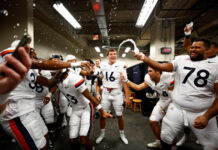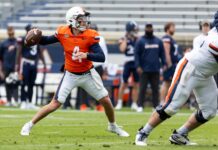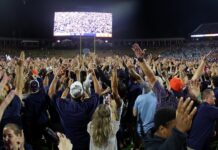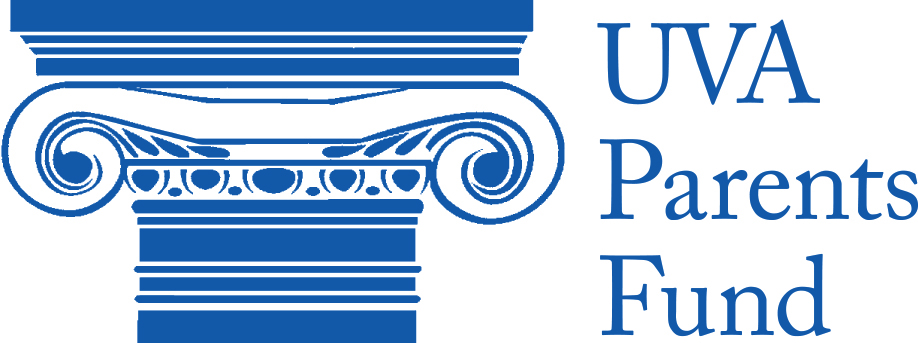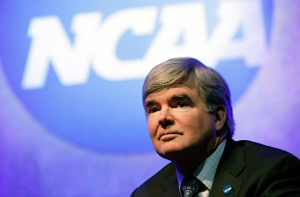
Whether fans are rooting for their alma mater or rooting for the latest one-and-done phenom to play for Coach Calipari at Kentucky, college sports have an unquestioned place in America’s heart. According to Business Insider, four of the 20 most watched sporting events in the US in 2015 were college football or basketball games, with NFL games occupying the other 16 spots.
As college sports have grown in prominence throughout the US, the issue of paying athletes has been brought up many times. In an interview before he went on to lead UConn to the college basketball national championship in 2014, star point guard, Shabazz Napier, brought the issue into the national spotlight. In the interview, Napier said, “We’re definitely blessed to get a scholarship to our universities. But at the end of the day, that doesn’t cover everything. We do have hungry nights that we don’t have enough money to get food and sometimes […] money is needed.” In response, about one month later the NCAA approved legislation to allow student-athletes to receive unlimited meals and snacks from their universities. While that was a step in the right direction, it only addressed part of Napier’s statement.
College athletes are the stars of our fall Saturday afternoons and our March work schedules. March Madness brings workplaces together as an excuse to do less work as you watch with baited-breath as the two-seed your boss picked to win it all falls to some mid-major in the first round. The fact that those athletes struggle for money for basic necessities, while the NCAA, their schools, and even us fans can make money off of their athletic prowess is exceedingly exploitative.
These student-athletes need to be able to be paid in some way outside of their scholarships. Some, like federal judge Claudia Wilken, believe the compensation should come from the universities who profit off of the athletes. However, this solution likely isn’t viable. Only 23 of the 228 Division I sports programs can cover their cost of operations without receiving subsidies from either the state, student fees, or their institutions as they stand now. Adding deferred compensation of up to $5,000 per year for every student-athlete to universities’ list of expenses, as Judge Wilken ruled in 2014, is unrealistic, which is why the US Court of Appeals for the Ninth Circuit shot down her ruling.
Since the money likely can’t come from the schools, the clearest solution is for the US Supreme Court to rule that student-athletes can make money through endorsements up to a $5,000 cap per year. While this arguably flies directly in the face of the 1984 Supreme Court ruling from the NCAA v. Board of Regents of the University of Oklahoma case, which stated in its ruling that college sports should remain an amateur domain, this is the best solution to allow student-athletes from all sports to make money while playing in college. The most common argument against allowing athletes to be paid is the idea of amateurism. However, this argument has a fatal flaw.
Amateurism is thrown around in this debate frequently by those against paying student-athletes. Some, like New Republic’s Theodore Ross, believe money has no place in college sports. In his dissent of the NCAA v. Board of Regents of the University of Oklahoma case, Justice Byron White set the tone for this argument. In strongly advocating for the importance of amateurism in college sports, Justice “Whizzer” White cited the special nature of the camaraderie in college football when money isn’t a factor. He argued that adding money to the equation of college sports would pollute the good-natured, competitive environment of the amateur sports arena that he remembered fondly from when he starred as a halfback at the University of Colorado in the 1930s. Because of his dissent, the ruling in that case from the Supreme Court was firm in prioritizing the amateur status of athletes in the NCAA. However, in this day and age, arguing that college sports are an amateur arena is comical.
The athletes we watch in the NCAA are anything but amateurs. The word amateur means “nonprofessional”, and while the student-athletes are not paid like professionals, they have all of the other makings of professional athletes. The coaches of these “nonprofessionals” are paid millions of dollars to train these student-athletes in multi-million dollar facilities with the latest, cutting-edge technologies and top-of-the-line doctors and physical therapists. Many of these “nonprofessionals” have a certain celebrity status either nationally, on campus, or in their hometowns. These “nonprofessionals” spend countless hours each week watching film, lifting weights, practicing, traveling to games, and playing games in front of thousands of fans all while juggling their schoolwork at the same time. Across all Division I sports, student-athletes, both men and women, reported spending 32 hours or more per week on in-season athletic activities according to a 2011 NCAA survey.
Whether we want to acknowledge it or not, being a student-athlete is a full-time job when adding academic requirements to their athletic ones. While schools don’t necessarily have the money to pay these athletes for the job they are doing, they certainly shouldn’t be able to prevent them from profiting from those who want to pay them to do endorsements.
Allowing student-athletes to get paid for doing endorsements gives them access to a source of revenue outside of what the school provides in scholarships, without forcing schools to come up with more money for athletes. The beauty of this solution lies in the fact that most student-athletes would be able to find some business or company with which they could start a partnership and profit. Athletes with a larger national presence, like Heisman winner Lamar Jackson, could do commercials with Gatorade, whereas athletes with a smaller presence could do local ads in either their college town or their hometown if they have a big community presence. While this doesn’t enable all athletes to make money while in school, it at least begins to address the money issues many student-athletes face while in college.
The $5,000 cap per year for endorsement money would work to stop the ensuing bidding war that would likely occur if boosters were able to offer as much money as they want to athletes to come to their alma mater in exchange for endorsement deals. A five star recruit, for instance, could not receive a million dollar endorsement deal from Nike to go to Oregon. This allows the overall playing field in college sports to remain as level as it is right now.
College sports are some of the best entertainment available to us on any given night. Lamar Jackson captivated fans all fall with his cannon of an arm and amazing footwork. He was must see TV. He was the star of the show. And still, he was one of the only people who couldn’t cash in on the money being made off of his skills. The NCAA treats its student-athletes like 1870s sharecroppers as it exploits their work while giving them little returns. The Supreme Court has to step in to protect the rights of these student-athletes. If you can make $200 because UConn won the national championship, why can’t the athletes who played?







